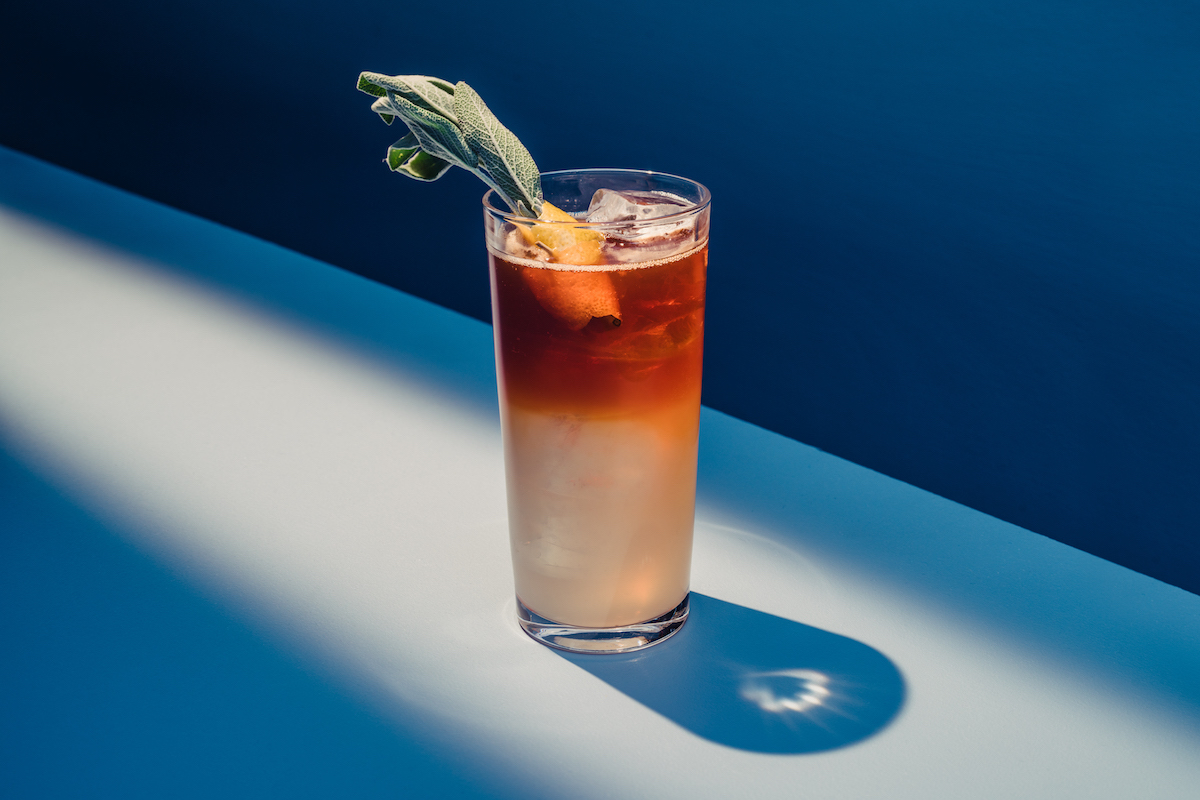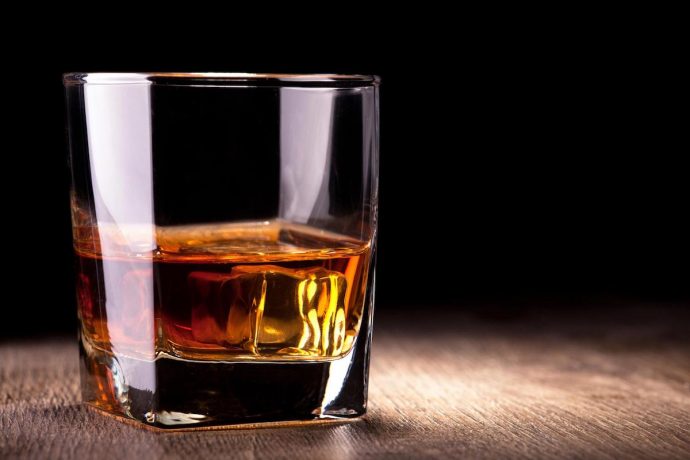This post is part of our Rum Hub.
This is the third article in a series on rum misconceptions by rum expert Matt Pietrek. In previous installments, we learned that not all white rums are the same, and tackled the notion that rum is sweet. Here, we’ll travel to the opposite end of the color spectrum to learn that there’s no connection between a rum’s color and its quality. Later, we learn why older rum isn’t necessarily better and age is a poor indicator of quality, and how we dispel the notion that rum has no rules.
One of the first maxims we internalize when buying spirits for the first time is that when it comes to rum and tequila, darker means older, and older means better. Crystal clear rum is young, gold rum has a bit of aging, and the dark rum, well… it looks like it has some heft to it, and therefore has more—and better—flavor. Right?
Not exactly. In the absence of direct knowledge of a spirit’s production, color is the simple indicator people tend to latch onto. Yet it’s remarkably easy to make a dark rum—one so dark that light can’t penetrate through it—without aging it for a single day.
To be fair, freshly made rum straight off the still is clear as water. When rum rests in a barrel, it picks up color from the wood, and the longer it spends inside that wood, the darker it will become. However, time in a barrel is just one variable in the color equation. How many years has the barrel already been in use? Did the aging occur in the hot Caribbean, which accelerates the chemical processes of aging, or in relatively cool northern Europe, where aging happens more gradually? What level of char did the barrel have?
All of these factors impact how much coloring a barrel imparts. And yet knowing all that, a producer who tweaked every variable in their favor would be very hard pressed to make a coal-black rum like Gosling’s Black Seal using just barrels. And on the other end of the spectrum, many long-aged rums—two decades or more—are light as straw.
So, what gives?

Dark and Stormy at New York bar, Sugar East.
Categorizing rums by color (e.g. white, gold, and dark) is an age-old practice. Countless cocktail recipes offhandedly call for “gold rum” or a “dark rum” float. But specifying a rum by its color is as useful as choosing your doctor based on how tall they are. Recently, influential rum community luminaries like Martin Cate, Luca Gargano, and Richard Seale have promoted new categorizations they hope will supplant the old, inaccurate, and misleading categories such as “dark” or “overproof.” However, categorizing rum by color won’t go away soon, so it’s worthwhile to understand what dark rum or black rum actually means. To do this, you need to understand spirit caramel.
Although it’s not a secret within the spirits world, many casual consumers don’t know that coloring a spirit is a common, long-standing practice employed across almost every aged spirit type. Yes, it’s even allowed in single malt scotch. The coloring almost always comes from spirit caramel, often referred to as “E150.” In the simplest terms, spirit caramel is just sugars heated to the point of caramelization, whereby they turn dark and often acquire a bitter flavor. A minuscule amount of spirit caramel goes a long way toward darkening a spirit, and many people claim the amounts used are so small that they don’t impact the taste.
Producers typically use spirit caramel judiciously to even out coloring among different product batches. No two barrels age the same way, but consumers have come to expect uniformity as a mark of quality, so a touch of spirit caramel here and there innocuously solves the problem. Fair enough.
However, when it comes to rum, there’s a long history of turning color up to eleven. I’m not talking about a well-bronzed, long-aged spirit like Mount Gay XO. Rather, consider products like Myers Dark Rum, Gosling’s Black Seal, Kraken Black Spiced, or Cruzan Black Strap. All are quite dark, even when holding the bottle up to the light. And yet none of these dark/black rums are aged five years or longer. The vast majority of the dark color in this category comes from heavy doses of spirit caramel—enough to impart readily discernible flavor.
Past a certain level of darkness, and in the absence of an age statement on the label, the darker a rum, the more likely it’s lightly aged or even unaged. This is the harsh truth that so often goes unnoticed. Sometimes the kick of bitterness from all the caramel coloring is exactly what a cocktail recipe calls for, but realize that these rums aren’t going to be particularly pleasant to sip. Nor will they work particularly well in cocktails like a daiquiri, where the rum’s flavor should take the stage, front and center.
This isn’t to say that ultra-dark or black rums have no place in the world of cocktails. Sometimes a dark rum float is just what a customer expects atop their perfect Tiki drink. But as an educated consumer, know that truly dark rums are lightly aged (or in some cases unaged) rums with a big slug of coloring.
By this point in the series, it should be clear that judging a rum by its color is an exercise in futility. Color implies neither age nor quality. In the next installment, you’ll see that big age numbers on a bottle like 7, 18, or 23 are also an inaccurate indicator of a rum’s true quality.
Return to the Rum Hub.




Just what I’ve been saying. Dark rum is not old rum. Especially if it’s inexpensive plonk rum. It’s caramel. And to me, as a pretty well established writer it says one thing. Greed